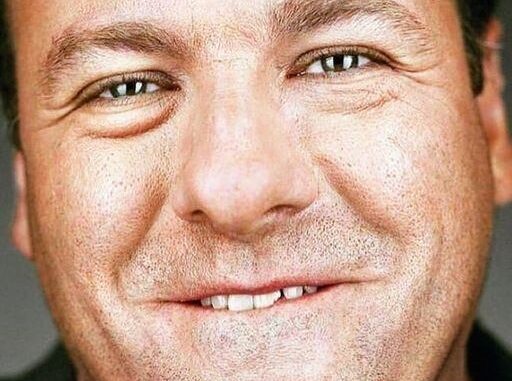
On June 10, 2007, HBO aired the final episode of The Sopranos. What seemed like a normal Sunday night quickly turned into one of the most shocking moments in TV history. The screen cut to black in the middle of a diner scene, leaving millions of viewers stunned, confused, and in some cases, angry.
Nearly 20 years later, that ending is still one of the most debated topics in television. Did Tony Soprano die in that diner? Was the blackout symbolic of his paranoia and the constant threat of violence? Or was creator David Chase simply reminding us that Tony’s story could never have a clean resolution?
Over the years, Chase has given conflicting hints. At times, he has suggested Tony’s fate was sealed, while in other interviews, he’s dodged the question, fueling more speculation. This ambiguity has become part of the show’s legacy, ensuring that The Sopranos is remembered not only for its groundbreaking storytelling but also for the conversation it continues to spark.
For fans, rewatching the finale has become a ritual. Every pause, glance, and musical cue is dissected. Online forums remain active with theories, and new viewers—discovering the show on streaming platforms—add their voices to the debate.
Unlike many series that try to tie up every loose end, The Sopranos embraced uncertainty. The open-ended finale reflects the chaos of Tony’s world: one where closure doesn’t exist, and danger always lurks a step away.
The fact that audiences are still debating it after so many years is a testament to the show’s brilliance. The Sopranos didn’t just change television—it made viewers a permanent part of its story, long after the screen went dark.
